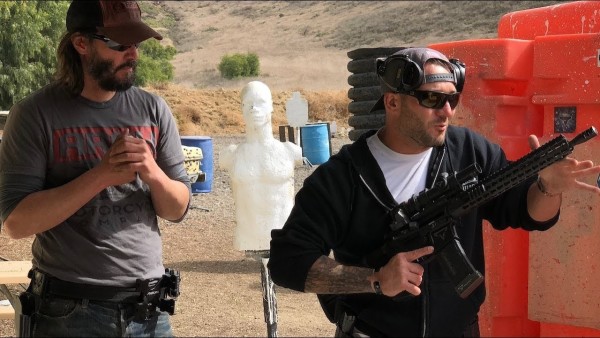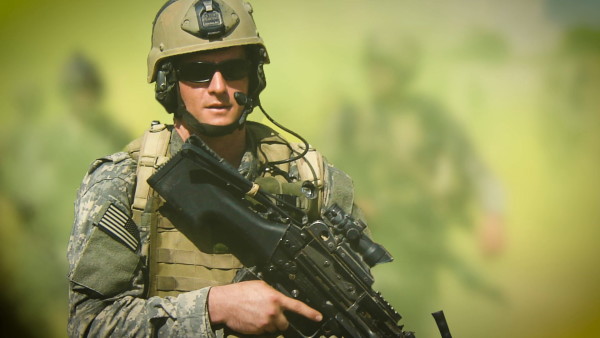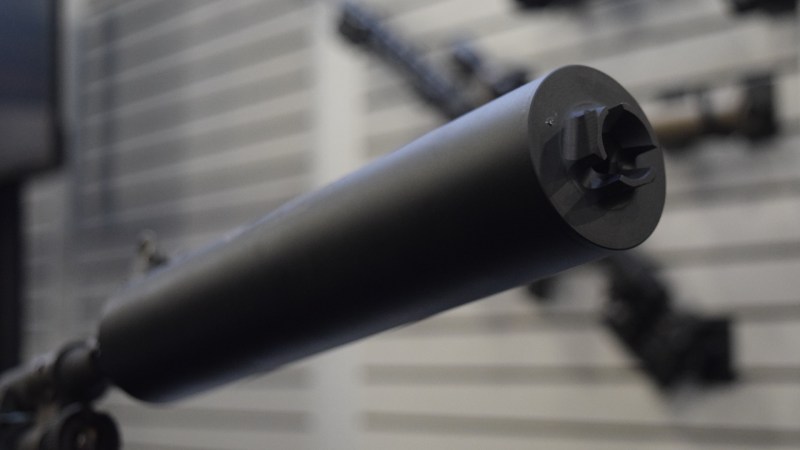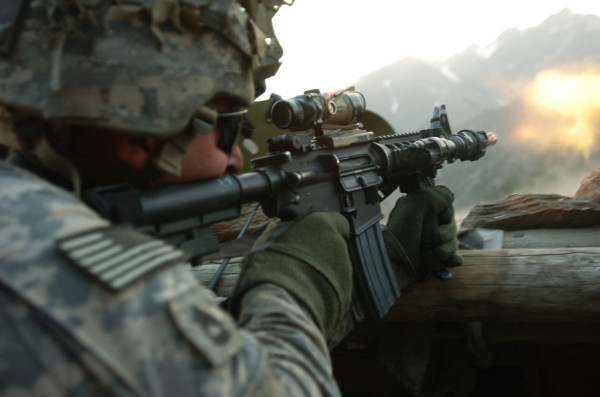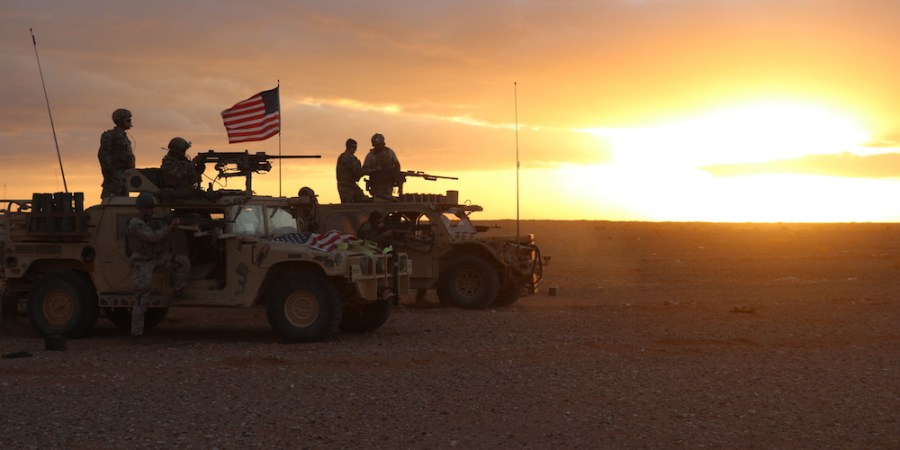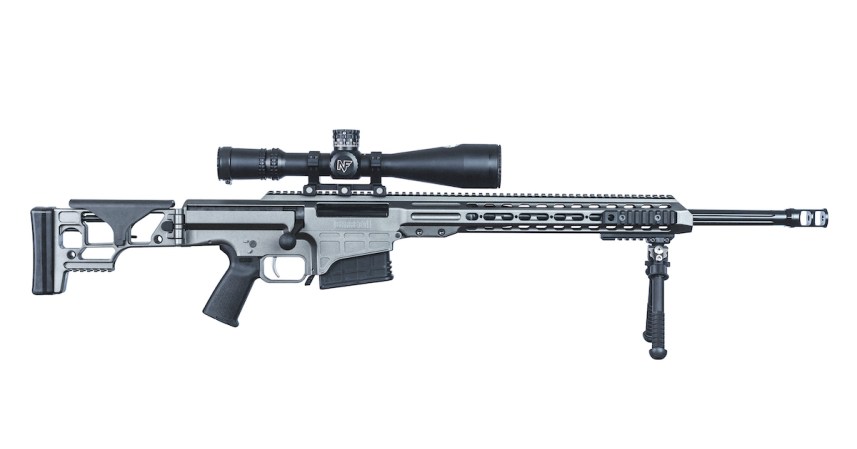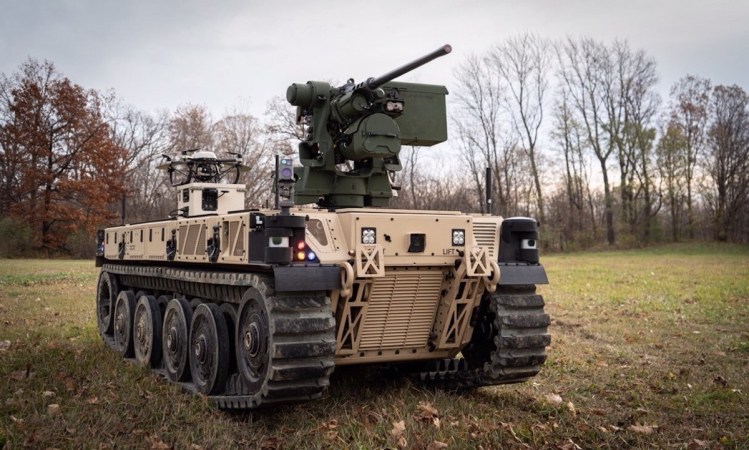The Stoner 63 machine gun is one of the most powerful U.S. military weapons platforms you may never have heard of. Developed by AR-15/M16 designer and small arms legend Eugene Stoner and Cadillac Gage in 1963, the Stoner 63 mainly saw combat in the hands of Navy SEALs during the Vietnam War. Only 4,000 of the 5.56mm modular weapons system were ever produced.
But at the height of its limited use, the muscular machine gun “added to our firepower like no other weapon could have,” according to retired SEAL Lt. Cmdr Michael J. Walsh, who appears in a newly surfaced mini-documentary The Stoner Machinegun: A Navy Seal Remembers. “Once you got used to it and you fell in love with the weapon, you never really carried anything else.”
The Stoner Machinegun, produced in the 1990s and posted by Arms of The 80s on Jan. 1 is a delightful 30-minute meditation on a powerful weapons system, as seen through the eyes of Walsh, a 26-year SEAL veteran described by Military.com as an “outspoken renegade and consummate survivalist” who was among the first U.S. troops to work their way up Vietnam’s Mekong Delta as part of the Mobile Riverine Force in 1967.
As one of the earliest modular weapons systems, the Stoner was designed to maximize firepower in a lightweight, compact platform. The multi-use receiver offered up six distinct weapons configurations, from a folding-stock carbine to a solenoid-operated fixed machine gun for mounting on a ground vehicle or aircraft. And although Stoner embraced 5.56mm NATO ammo over 7.62mm rounds due to weight considerations (a trade-off that the Department of Defense is grappling with today), the average 5.56 bullet fired from a 63A light machine gun variant could penetrate standard U.S. body armor (and 4.5 inches of pine boards) at 600 yards, according to its systems pamphlet published in Death in the Delta: Diary of a Navy SEAL.

The Stoner 63’s versatility made the platform an ideal pick for Naval Special Warfare missions, like Walsh’s trip up the Mekong Delta, during the opening years of the Vietnam War. According to Death in the Delta, SEAL Teams One and Two both evaluated the reliability and capabilities of the 63A during 1,345 combat missions between 1963 and 1974, concluding that the system was “significantly superior” to the M60 machine gun and recommending at least six Stoners per SEAL platoon. A SEAL Team One C.O. even stated that SEAL detachments equipped with the 63A actively developed firefight tactics around the weapon.
Although a handful of U.S. Marines used the platform during the 1983 invasion of Grenada, the Stoner 63 never saw broader adoption despite its popularity. After the Army issued the 63A LMG variant to several Green Beret units for evaluation in the 1970s, the branch determined that the unique platform was simply too complicated for battlefield maintenance — ironic, considering it’s was the Stoner 63’s unique recoil buffering system that, in conjunction with the multi-use receiver, made the platform so versatile in the first place.
Related: 10 Odd Weapons From US Military History »
While the Stoner 63 was eventually replaced by the sassy but fabulous M249 Squad Automatic Weapon and most of the machine guns destroyed, Stoner fever persists today. In August 2017, Knight Armament unveiled a Stoner X-LMG5.56mm machine gun that, according to We Are The Mighty, completely bypasses the need for such a complicated buffering system, without extra recoil. Based on his testimony in The Stoner Machinegun, the longevity of the Stoner 63’s reputation would probably make Walsh smile today.
“If you had six Stoners and four M60s in a 14-man SEAL platoon, you’ve got company-sized firepower just with machine guns alone,” he explains in the doc. “That got you home.”








